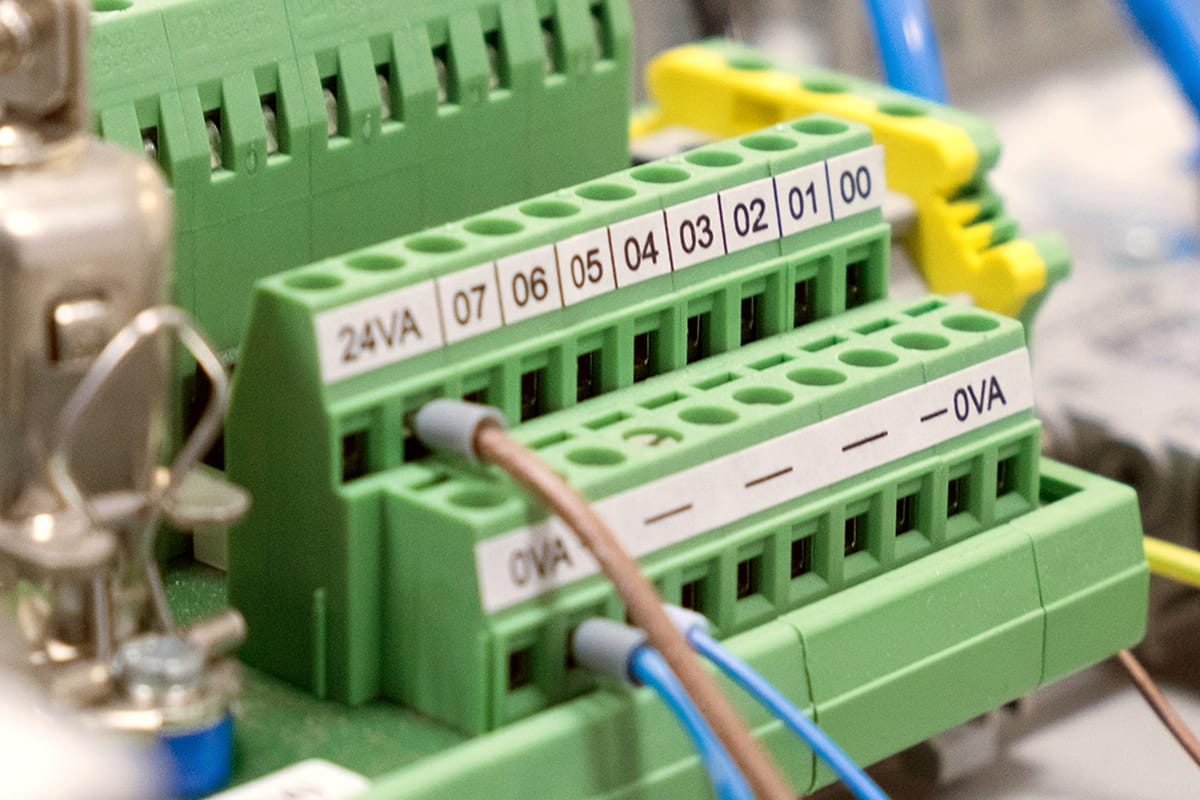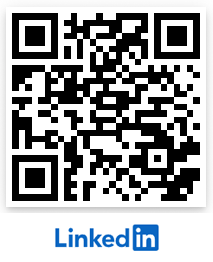How Do You Connect Wires to a Circuit Board Without Soldering?

Connecting wires to a circuit board without soldering may seem like a daunting task, but fear not! In the world of electrical engineering, wire-to-board connectors come to the rescue. These remarkable connectors offer a solderless solution that simplifies the connection process while ensuring reliability and efficiency. In this article, we will delve into the fascinating realm of wire-to-board connectors and explore how they enable seamless wire connections to circuit boards.
The Benefits of Wire-to-Board Connectors
Wire-to-board connectors serve as the perfect alternative to traditional soldering methods. They consist of two key components: the housing and the terminals. The housing acts as a protective enclosure for the terminals, providing alignment, insulation, and support. The terminals, on the other hand, establish the electrical connection between the wires and the circuit board.
Say Goodbye to Soldering Woes:
Wire-to-board connectors eliminate the need for soldering, offering a hassle-free solution for connecting wires to circuit boards. This means you can bid farewell to the tedious process of melting solder, joining wires, and hoping for a solid connection. With wire-to-board connectors, you can achieve reliable and secure connections without the risk of accidental bridges or cold joints.
Ease of Use and Versatility:
These connectors are designed with simplicity in mind. They provide a user-friendly interface that allows for quick and straightforward wire connections. Wire-to-board connectors come in various shapes, sizes, and configurations, catering to different application requirements. From small-scale projects to large-scale industrial applications, there's a wire-to-board connector suitable for every need.
The Seamless Connection Process with Wire-to-Board Connectors
Step-by-Step Guide to Wire Connection:
Using wire-to-board connectors is as easy as 1-2-3! Here's a step-by-step guide to help you connect wires to a circuit board without soldering:
1. Prepare the wires: Strip the insulation from the end of the wires, exposing a sufficient length of bare conductor. Ensure that the stripped portion is clean and free from any debris or damage.
2. Insert the wires into the connector: Open the housing of the wire-to-board connector and locate the terminals. Insert the stripped ends of the wires into the appropriate terminals, making sure they are fully seated.
3. Secure the connection: Close the housing of the connector, ensuring that the terminals are firmly held in place. Some wire-to-board connectors have locking mechanisms or latches to provide additional security.
By following these simple steps, you can achieve reliable and efficient connections between wires and circuit boards without the need for soldering. The wire-to-board connector acts as a bridge, seamlessly transmitting electrical signals and power between the wires and the circuit board. With this solderless approach, you can save time, reduce the risk of errors, and easily modify or replace components when needed.
Connecting wires to a circuit board without soldering may have once seemed like a complex task, but wire-to-board connectors have simplified the process. These versatile connectors offer numerous benefits, including ease of use, reliability, and flexibility. Whether you're a DIY enthusiast or a professional electrical engineer, wire-to-board connectors provide a convenient and efficient solution for establishing seamless wire connections to circuit boards.
The Benefits of Wire-to-Board Connectors
Wire-to-board connectors serve as the perfect alternative to traditional soldering methods. They consist of two key components: the housing and the terminals. The housing acts as a protective enclosure for the terminals, providing alignment, insulation, and support. The terminals, on the other hand, establish the electrical connection between the wires and the circuit board.
Say Goodbye to Soldering Woes:
Wire-to-board connectors eliminate the need for soldering, offering a hassle-free solution for connecting wires to circuit boards. This means you can bid farewell to the tedious process of melting solder, joining wires, and hoping for a solid connection. With wire-to-board connectors, you can achieve reliable and secure connections without the risk of accidental bridges or cold joints.
Ease of Use and Versatility:
These connectors are designed with simplicity in mind. They provide a user-friendly interface that allows for quick and straightforward wire connections. Wire-to-board connectors come in various shapes, sizes, and configurations, catering to different application requirements. From small-scale projects to large-scale industrial applications, there's a wire-to-board connector suitable for every need.
The Seamless Connection Process with Wire-to-Board Connectors
Step-by-Step Guide to Wire Connection:
Using wire-to-board connectors is as easy as 1-2-3! Here's a step-by-step guide to help you connect wires to a circuit board without soldering:
1. Prepare the wires: Strip the insulation from the end of the wires, exposing a sufficient length of bare conductor. Ensure that the stripped portion is clean and free from any debris or damage.
2. Insert the wires into the connector: Open the housing of the wire-to-board connector and locate the terminals. Insert the stripped ends of the wires into the appropriate terminals, making sure they are fully seated.
3. Secure the connection: Close the housing of the connector, ensuring that the terminals are firmly held in place. Some wire-to-board connectors have locking mechanisms or latches to provide additional security.
By following these simple steps, you can achieve reliable and efficient connections between wires and circuit boards without the need for soldering. The wire-to-board connector acts as a bridge, seamlessly transmitting electrical signals and power between the wires and the circuit board. With this solderless approach, you can save time, reduce the risk of errors, and easily modify or replace components when needed.
Connecting wires to a circuit board without soldering may have once seemed like a complex task, but wire-to-board connectors have simplified the process. These versatile connectors offer numerous benefits, including ease of use, reliability, and flexibility. Whether you're a DIY enthusiast or a professional electrical engineer, wire-to-board connectors provide a convenient and efficient solution for establishing seamless wire connections to circuit boards.





